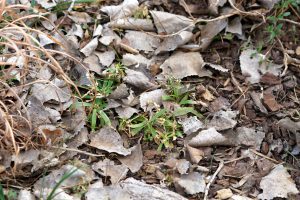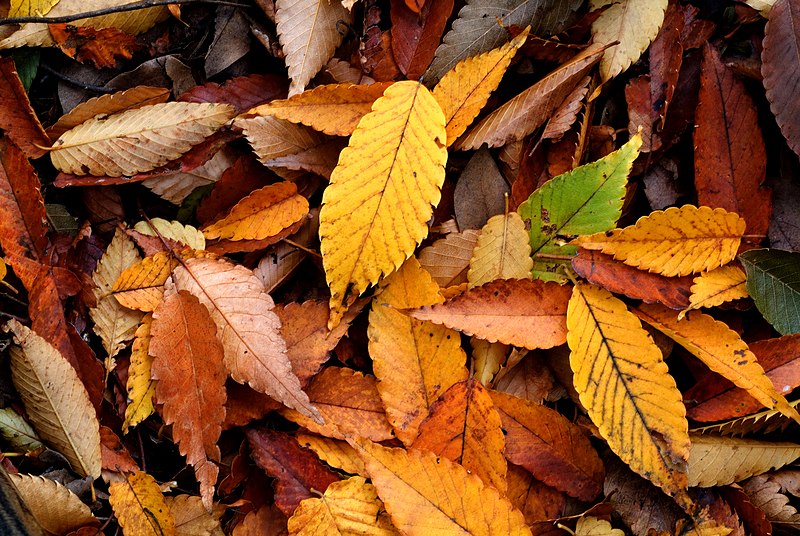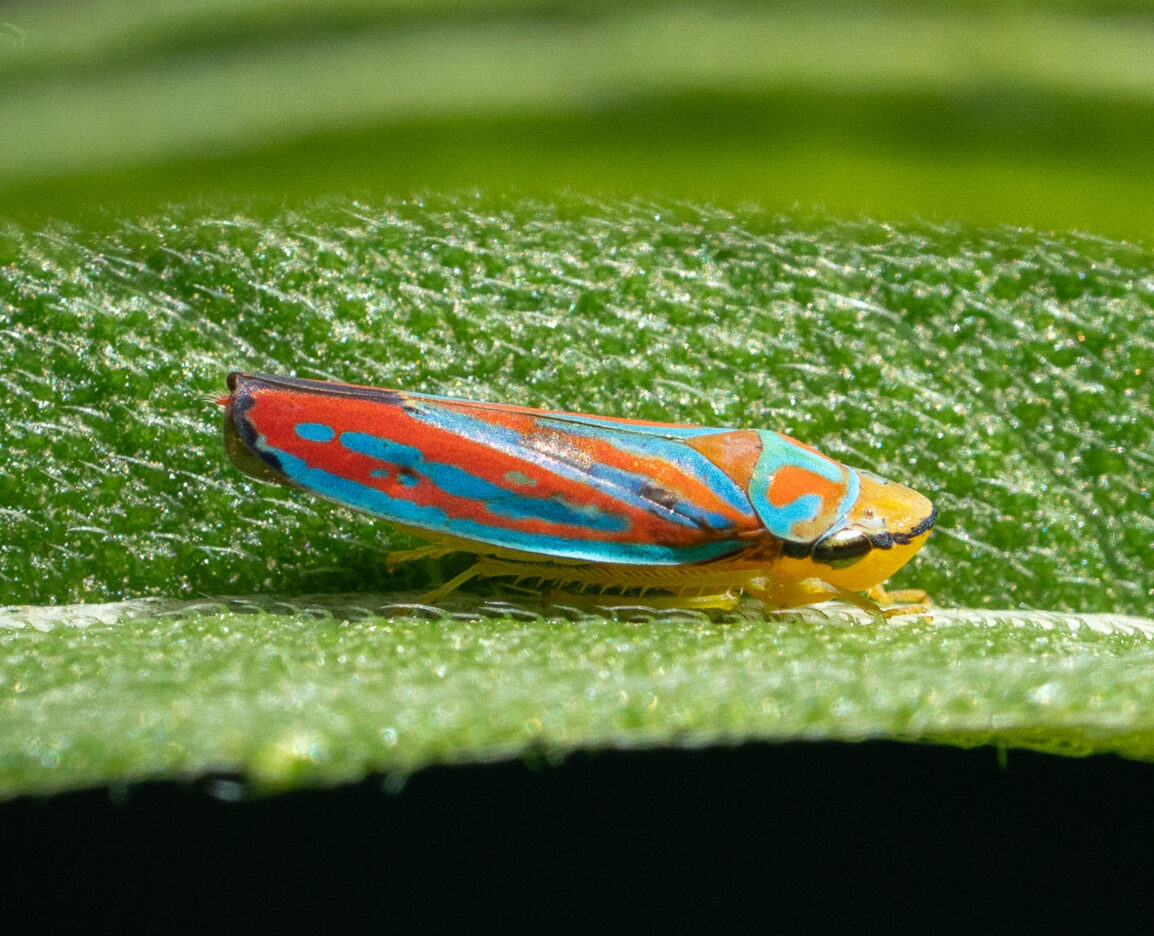While Potentially Helpful to Birds, Mulching with Leaves can Cause a Problem
Views: 3009

It’s tempting to think of soil as inert dirt of various compositions, but healthy soil is actually home to a vibrant, diverse, microscopic ecosystem. The microorganisms in soil are responsible for creating many of the nutrients needed for healthy plants, in part by breaking down and decomposing materials such as organic mulches. I’ve always been a big fan of using leaves for mulch, but there is a potential problem with the practice. I’ll try to cover the good and bad.
The Good
First, the good: Leaving fallen leaves in place can provide a good source of insects and bugs for birds over winter. There is a reason birds such as robins love to kick around in leafy areas: They find food there. So, I tend to leave my leaves alone, except in spots that I don’t want plants to get choked out by leaf mats. In these places, I typically mow the leaves, providing a rich source of nutrients to the grass or ground cover.
Decomposing leaves turn into great dirt. When I was growing up looking for fishing bait, I knew that a good place to look for creepy crawlies was underneath leaf piles. The soil there was dark, moist, and usually a good spot to find grubs and worms. Creating that sort of rich environment is fairly desirable in many flowerbeds, and leaving leaves in beds can certainly help. Around here, we have a lot of clay, and, over time, I’ve even successfully converted poor-performing clay soil flowerbeds into rich, productive beds by adding shredded leaves to them.
The Bad
However – and here’s where the potential problem comes in – the biological elements that break down and decompose organic matter use nitrogen as part of that process. Essentially, if you give these microorganisms a good food source, they multiple, which uses nitrogen from the soil around them. Once they’ve decomposed the leaves, these microorganisms die off again, returning the nitrogen to the soil. But while the process of decomposition is occurring, it’s possible that the soil directly beneath the leaves will suffer from low nitrogen. Young or new plants without deep roots, in particular, may not get the nitrogen they need to grow and develop. So, if you mulch with leaves, keep your eye out for yellow and/or spindly plants; this may be an indicator you have a nitrogen problem.
This nitrogen deficiency is usually a temporary issue, but in serious cases it is possible to correct by applying the correct fertilizer. These may include urea, calcium ammonium nitrate, or ammonium phosphate. Soil testing is recommended before adding fertilizers to determine the extent of the problem and the correct application.
Don’t let fear of nitrogen deficiency stop you from using leaves as mulch. In all the years that I’ve been allowing leaves to decompose in my flowerbeds over winter, I’ve never noticed any issues with my plants in spring, even with newly planted ones. But, it can happen, and it’s something to watch for, just in case.
Meet Leslie Miller
Leslie Ann Miller shares 3.5 acres in rural Oklahoma with birds, butterflies and wide variety of animals. She is currently transforming her yard with plantings…
Leslie's Recent Posts

Four Reasons to Leave Your Leaves for Wildlife This Fall






